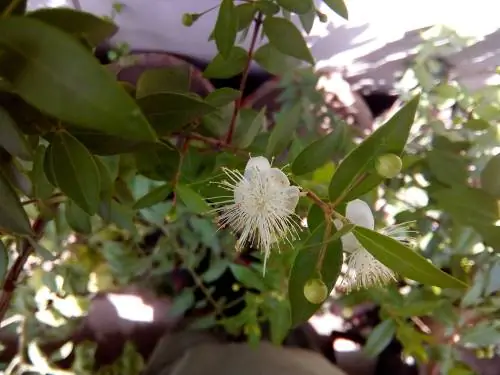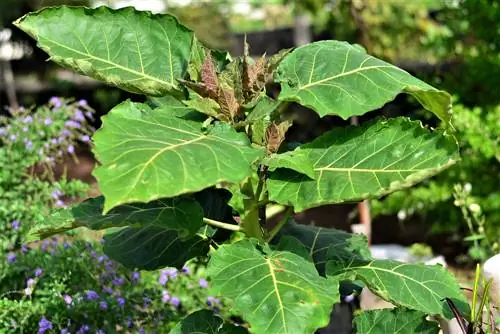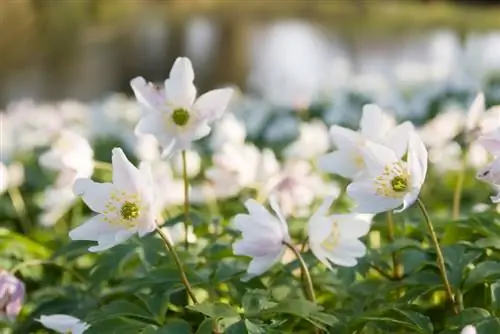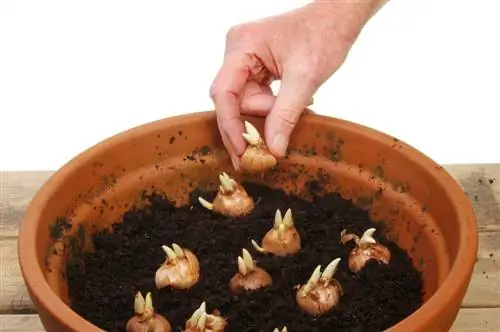- Author admin [email protected].
- Public 2023-12-16 16:46.
- Last modified 2025-01-23 11:21.
Cardamom is an Asian spice plant that also graces the pans of creative chefs in this country. Some go so far as to grow the he althy herb themselves. Although it doesn't have the usual tropical environment here, cardamom is surprisingly easy to cultivate.
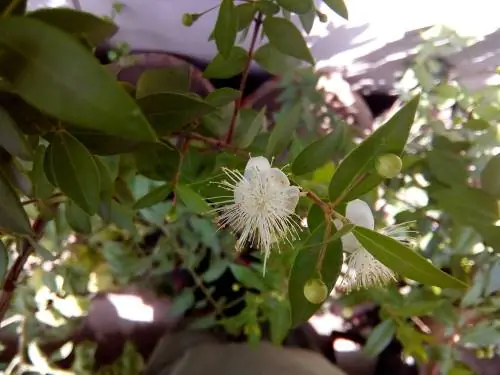
How do you properly care for cardamom plants?
Cardamom plants thrive in pots with loose, uniform soil, indirect light and moist air. They should be watered regularly, but waterlogging should be avoided. To overwinter they need a room temperature of at least 16 degrees Celsius.
Cardamom types
Cardamom is divided into two types of plants. These are:
- Green Cardamom
- Black Cardamom
In the pot or outdoors?
In its tropical homeland, cardamom is an outdoor plant that can grow up to 3 m high and produces a large harvest. Neither is to be expected in our latitudes. Continuous outdoor cultivation makes little sense anyway due to the harsh winters.
Nothing stands in the way of purchasing this plant, as it is content with a pot as its root home. The size of the plant is also more modest. Cardamom can therefore be placed in occupied rooms like a houseplant in winter, while it can be placed outside in summer.
Growing cardamom from seeds
You can buy a plant and grow it at home. Seeds are also available commercially (€9.00 on Amazon) from which you can easily grow plants yourself.
- Let the seeds soak in room temperature water overnight.
- Fill a pot with potting soil or herb soil.
- Spread the seeds on top and cover them with soil.
- Keep the soil evenly moist and at least 22°C but not sunny. The first seedlings will appear after about two weeks.
- After about 6-8 weeks you can repot the seedlings into their own pots with loose, standard soil.
Planting cardamom from rhizome
If you have a larger plant on hand, you can plant a new plant from a piece of rhizome. You can ideally combine this with repotting the mother plant in spring. Humus-rich soil and good drainage are important. The pot size can be adjusted regularly in spring to suit growth.
Provide shadow and light
Cardamom can be placed in a bright place, but not exposed to direct sun. This applies both indoors and outdoors. Further key data on care are:
- ensure moist air
- fertilize every 2 weeks from April to September
- keep moist while avoiding waterlogging
- overwinter at at least 16 degrees Celsius

